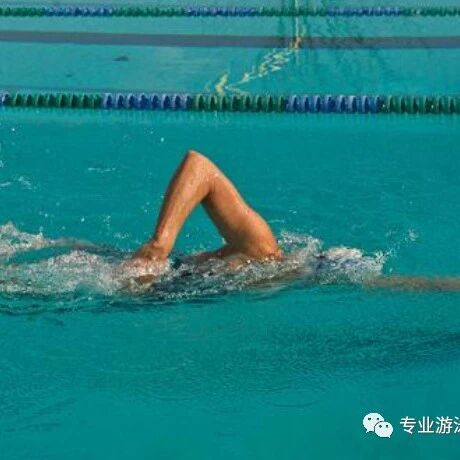Detailed improvements in freestyle: refining everything from patient hand movements to the precise coordination of arms and legs during the side-to-side drill.
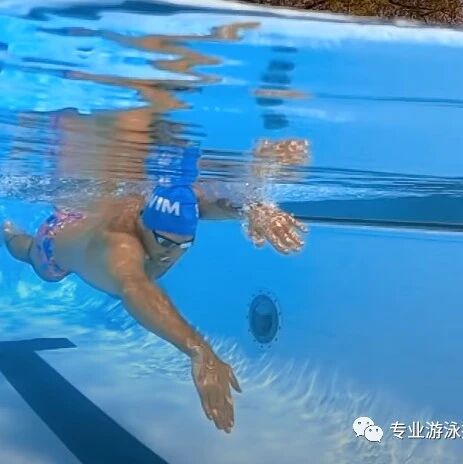
People often make mistakes with the simplest of things, subconsciously believing that minor details aren’t significant enough to affect the bigger picture. Yet reality repeatedly proves otherwise—small issues can unexpectedly unravel the most critical situations. Take, for instance, the catastrophic in-flight breakup of NASA’s Space Shuttle Columbia, caused by a seemingly insignificant oversight regarding foam debris. Or consider how inadequate concrete strength grades can lead to structural failures in buildings—examples abound. So, what exactly makes someone a true "master"? A master is someone who can break down even the most complex ideas into clear, easy-to-understand concepts. They have the rare ability to explain intricate knowledge in a way that resonates with beginners, ensuring even those unfamiliar with the subject can grasp it effortlessly. And perhaps most importantly, masters don’t just talk about simplicity—they actually execute it flawlessly. On the flip side, anyone who tries to spin an ordinary matter into something mystical, overly complicated, or impressively grandiose is either a charlatan, a con artist, or simply trying to hide their own lack of genuine understanding.
Back to swimming—freestyle emphasizes patient, deliberate arm movements. When propelling forward, one arm should remain extended ahead, helping to lengthen the body and minimize drag. The technique is straightforward yet subtle: first, as the arm enters the water, it should angle slightly—between 10 and 20 degrees—to smoothly glide in at an incline, reducing frontal resistance upon entry. Second, after entering the water, the extended arm continues to move forward while the opposite arm simultaneously pulls and pushes backward through the water. This coordinated motion naturally opens up the shoulders, enhancing the stretch and further elongating the leading arm as the body rotates.
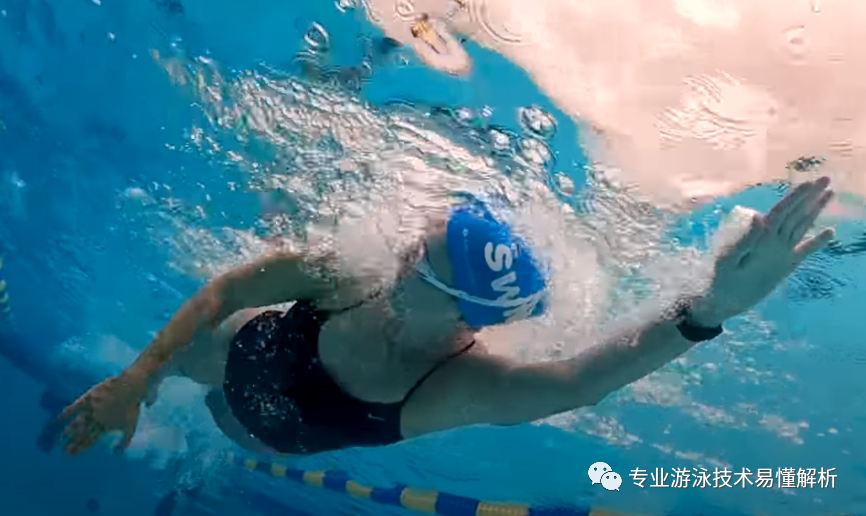
1. The forward extension should be natural and follow the flow—don’t force it intentionally.
Many swimmers tense their arms as they reach forward, almost treating their arms like spears to thrust into the water ahead. This creates unnecessary drag and is an incorrect technique. When extending your arm before entering the water, do so smoothly—let it relax naturally while remaining perfectly straight. There’s no need to push forcefully forward. Keep in mind that the extended arm should avoid dipping downward, prematurely scooping the water, or pushing too aggressively. Instead, maintaining a straight, streamlined position is all your arm needs to contribute effectively.
Additionally, when breathing in freestyle while turning your head, avoid letting your forward-reaching arm drift off course. Keep it aligned properly in the direction you intend—don’t try to make deliberate adjustments to the arm at the moment of the turn, as this can create a disconnect between what you feel and what’s actually happening. Often, you might think your arm is pointing straight ahead, but in reality, it ends up angled outward or even crossing over the body’s midline. One important detail: the palm of your forward-reaching arm can be either flat or vertical—both positions work fine. However, beginners are advised to keep their palms flat, as vertically positioned palms tend to shift more easily under the force of the water flow.
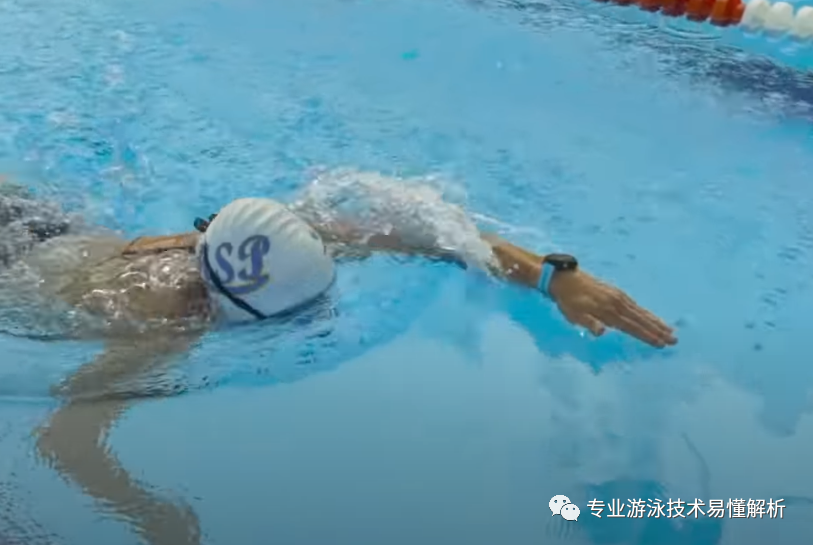
Related Articles
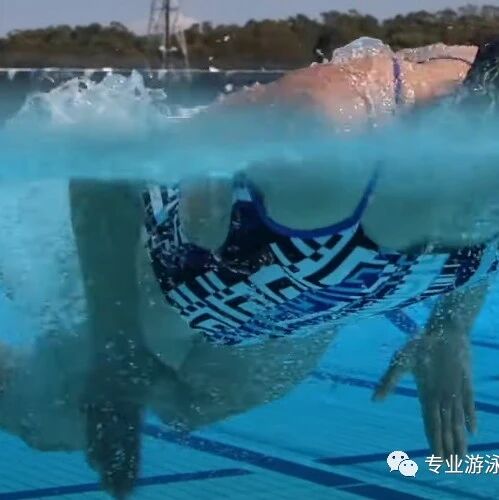
Learn about the history and origins of butterfly swimming, and get ready to start mastering the butterfly stroke.
For now, let’s put aside the dazzling array of swimming tutorials and focus on finding a practice method that suits you best.
